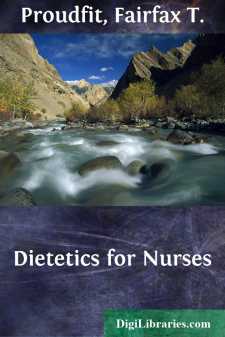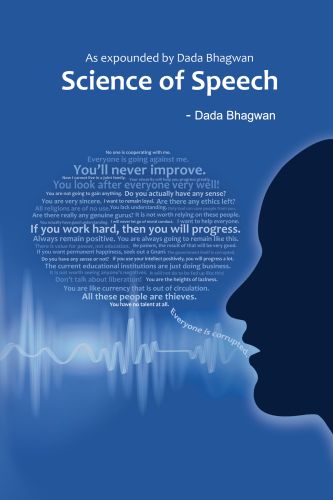Categories
- Antiques & Collectibles 13
- Architecture 36
- Art 48
- Bibles 22
- Biography & Autobiography 813
- Body, Mind & Spirit 142
- Business & Economics 28
- Children's Books 15
- Children's Fiction 12
- Computers 4
- Cooking 94
- Crafts & Hobbies 4
- Drama 346
- Education 46
- Family & Relationships 57
- Fiction 11829
- Games 19
- Gardening 17
- Health & Fitness 34
- History 1377
- House & Home 1
- Humor 147
- Juvenile Fiction 1873
- Juvenile Nonfiction 202
- Language Arts & Disciplines 88
- Law 16
- Literary Collections 686
- Literary Criticism 179
- Mathematics 13
- Medical 41
- Music 40
- Nature 179
- Non-Classifiable 1768
- Performing Arts 7
- Periodicals 1453
- Philosophy 64
- Photography 2
- Poetry 896
- Political Science 203
- Psychology 42
- Reference 154
- Religion 513
- Science 126
- Self-Help 84
- Social Science 81
- Sports & Recreation 34
- Study Aids 3
- Technology & Engineering 59
- Transportation 23
- Travel 463
- True Crime 29
Dietetics for Nurses
Description:
Excerpt
CHAPTER I
FOOD
The value of a knowledge of food and its effect in the human body cannot be overestimated. In health, this knowledge leads to higher standards, since by pointing out the errors in one’s mode of living, good health habits may be established, which will, undoubtedly assure the individual of a better nourished and a more vigorous body.
There is no question as to the value of health either from the standpoint of comfort or of economy. And the knowledge which will enable one to spread the good work intelligently cannot but raise the standards of living throughout the entire community.
In taking up the study of dietetics, the student is introduced to some of the fundamental principles governing the health and well-being of a people, since dietetics includes a study of food and its relation to the body.
The relationship between right food and good health is very close; how close is being demonstrated constantly in experimental fields of scientific research.
To be able to judge whether the food one eats daily is giving the best possible value from a physiological and economic standpoint, requires a definite knowledge of food, its source, composition and nutrient value, as well as its relation to the body in health and disease.
No one is capable of giving constructive advice upon matters pertaining to diet, unless he has acquired this knowledge through training. A nurse should obtain this training during her course in the hospital, through the class room, the wards and the diet kitchen.
The dividing line between health and disease is frequently almost imperceptible, and without a knowledge of the normal body, it is, at times, impossible to tell where the normal leaves off and the abnormal begins. For this reason a nurse must understand normal nutrition, that is, the behavior of food in the healthy body, before undertaking the task of ministering to the body attacked by disease.
In a text of this kind, it is impossible to cover all phases of the subject, especially since day by day new discoveries are being made with relation to food and its uses in the body. But with careful attention to the principles set forth, a nurse should be able to carry out the dietary orders given her by the physician and dietitian in the hospital. And, when her course of training is finished, she should find herself equipped to assist in raising the standard of health through her knowledge of dietetics. With this brief summary of the aims and object of the study of dietetics, we will begin the actual work with a study of Food.
—Food is the name given to any substance which, taken into the body, is capable of performing one or more of the following functions:
1. Building and repairing tissue, maintenance, growth, and development of the muscles, bones, nerves, and the blood.
2. Furnishing the energy for the internal and external work of the body.
3. Regulating the body processes, maintaining the proper alkalinity and acidity of the various fluids throughout the body, regulating the proper degree of temperature, and determining the osmotic pressure, etc.
For the convenience of study scientists have arranged the foodstuffs in groups:
1. According to type;
2. According to their chemical composition;
3. According to the function they perform in the body.
All foods are composed of certain chemical elements; namely, carbon, oxygen, hydrogen, nitrogen, sulphur, phosphorus, iron, magnesium, potassium, chlorine, sodium, calcium, with traces of various others. The manner in which these elements are combined and the amounts in which they occur determine the group to which the combination belongs, and give to the foodstuff its characteristic position in human nutrition.
COMPOSITION OF THE FOODSTUFFS
The chemical elements are combined in food and in the body, as: (a) carbohydrates, composed of carbon, oxygen and hydrogen; (b) fats, composed of carbon, oxygen and hydrogen; (c) proteins, composed of carbon, oxygen, hydrogen, nitrogen and sulphur; (d) water, composed of hydrogen and oxygen; (e) mineral salts. The first three foodstuffs constitute the Organic Food group. The last two include the remaining chemical elements, calcium, phosphorus, sodium, potassium, chlorine, magnesium, iron and traces of others which make up the Inorganic Food group.
Each of the foodstuffs belonging to the organic group is capable of being burned in the body to produce heat for: (a) the maintenance of the body temperature; (b) internal and external work.
Neither water nor mineral salts alone can be burned to produce heat; nevertheless, they enter into the composition and take part in every function performed by the carbohydrates, fats and proteins; therefore one foodstuff cannot be said to be of greater importance than another, since the needs of nature are best met by a judicious combination of all....












